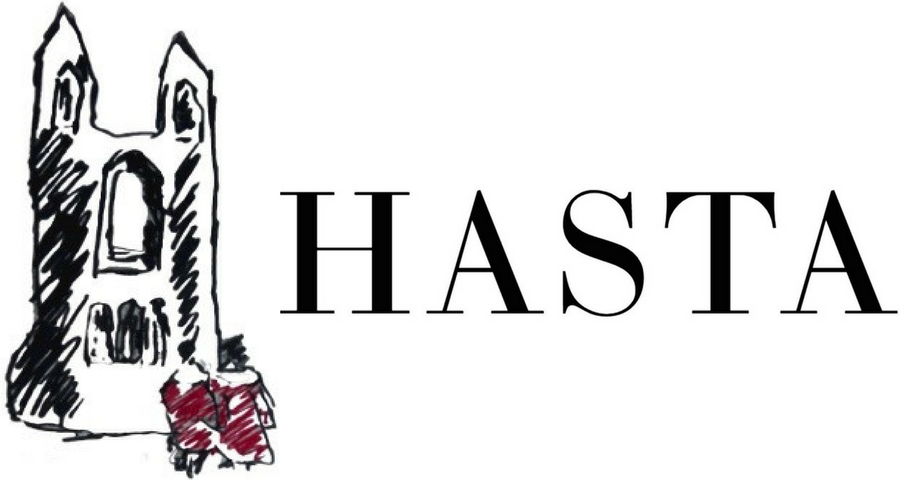Jeff Koons, 1955-
By Annabel van Grenen
Balloon Dog (Magenta), 1994-2000, stainless steel
Born on the 21st January, 1955, Jeff Koons is a pop sculptor who has become one of the most wealthy living artists today. And yet, across a career embellished with stainless steel rabbits and a gigantic flower adorned puppy, he has also earned the title as one of the most controversial.
After working as a broker on Wall Street, Koons drastically switched careers into the artistic field and gained traction in the 1980s. Despite first belonging to a loose artistic circle labelled Simulationism, he later broke from this. While the group situated themselves in opposition to Reaganism, he was an active part of the economic system which he supposedly rejected, selling his artwork at sky high prices only affordable for the wealthy elite, and therefore seemingly contradicting his own ethical viewpoint.
Yet it is hard to neglect the childlike curiosity one experiences when observing Koons’ work. Such as his larger-than-life balloon dogs, made between 1994-2000 as part of his Celebration series, which are featured in a variety of colours including blue, red, orange, magenta, and yellow. Felix Salmon, writer for the Guardian, praises Koon for his verisimilitude and commitment to his craft, claiming that when admiring the balloon sculptures for Koons’s Celebration series, it feels as if “you could just pop them with a pair of scissors.” Instead of criticising his high spending and prices, Salmon instead offers the perspective that Koons is creating something radically new by taking advantage of new technology, made possible only because of the immense sums of money involved. Whilst some critics such as Salmon can appreciate the time, money and numerous attempts surrounding Koon’s attitude of perfectionism when approaching his art, many find it difficult to see past the giant price tag attached to the glaringly orange, 3 metres high Balloon Dog, with $58.4 million scrawled across it.
Anna Tilroe claims that Koons’ work acts as a continuation of Duchamp and Warhol, that ‘his art is the (as yet) most extreme consequence of an avant-garde tradition that supported the de-mythologization of the art-work’. She suggests that he purports himself as a ‘do-gooder’, as she phrases it, through his selection of recognisable subject matter from ‘the vocabulary of mass production and mass consumption’ of everyday life. She suggests that his eyebrow-raising prices demonstrate his understanding of the contemporary art market, and that he utilises ‘the willingness of immensely wealthy collectors to be extravagant, at least in an area with which they are familiar—money.’ Through his business-like approach, Koons allows his artwork to be the vessel through which they communicate their wealth. To phrase it one way, he knows the game he plays, and he loves to win big.
Whether you see his extravagant kitschy and childlike structures as something cheerful, charmless, or simply a personification of ‘the reign of the ego’, as critic David Reckford does, there’s no denying Koons’ works are intriguing, and it would be an error to neglect his profound, if not always encouraged, impact on today’s artistic climate.
Bibliography
Perl, AnnMarie. ‘” A more public arena”: Jeff Koons’ Reinvention in the Midst of Reaganism’. Blackwell Publishing Ltd 43, no.3 (2020): 474.
Reckford, David. ‘Having Your Cake: Caricaturing the Business Organization in 20th-century and Contemporary American Art and Poetry.’ European journal of American studies 18, no.2 (2023).
Salmon, Felix. ‘Jeff Koons: a master innovator turning money into art.’ The Guardian. July 3rd 2014. https://www.theguardian.com/artanddesign/2014/jul/03/jeff-koons-master-innovator-whitney-money-art.
Tilroe, Anna. ‘Imagination Put on Bread and Water.’ Art in translation 15, no. 4 (2023): 451-458.

